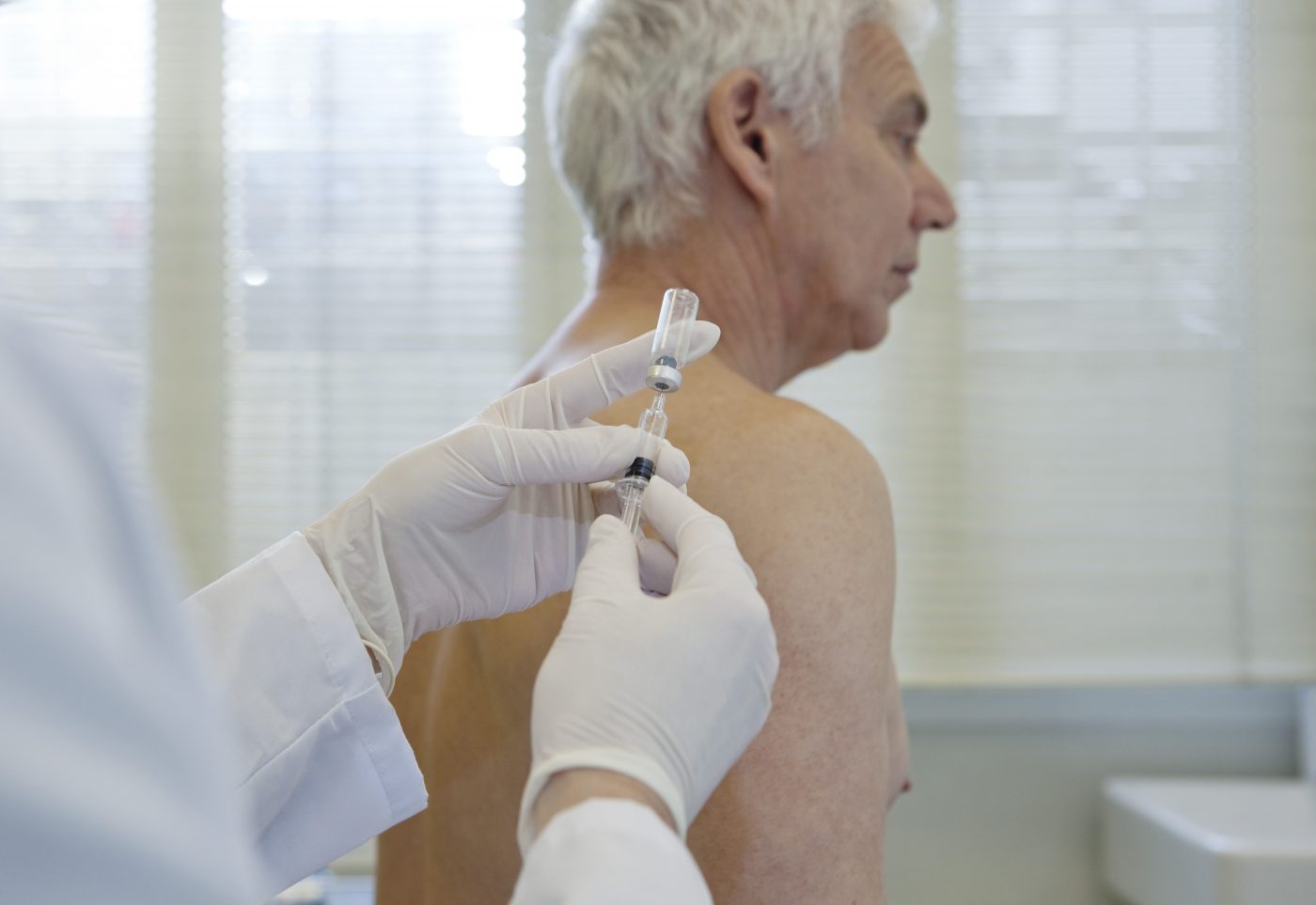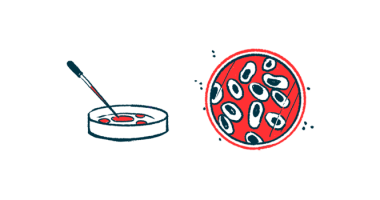CONy16: Might Future of Parkinson’s Disease Treatment Be in Alpha-Synuclein Vaccinations?

That the formation of alpha-synuclein aggregates, formed by misfolded forms of the protein, is somehow linked to Parkinson’s disease development is a fact few would dispute. Whether preventing the formation, or increasing the clearance of these protein masses, possibly by vaccination, as a viable approach to treatment is, however, a point of disagreement between Parkinson’s researchers.
In a debate titled “Therapies targeting alpha-synuclein will be the treatment of choice in PD,” at the 10th World Congress on Controversies in Neurology (CONy) on March 18, Dieter H. Meier, CEO of NeuroPore Therapies U.S., and Ruggero G. Fariello from BioNeuroFar in Luino, Italy, presented their views on the potential of such strategies.
Meier opened the debate by stating that a considerable amount of research has been dedicated to understanding how misfolding and aggregation of alpha-synuclein leads to Parkinson’s disease. He argued that the presence of Lewy bodies (abnormal aggregates of proteins inside nerve cells, and the hallmark of Parkinson’s) is likely the last step in a pathogenic process that starts much earlier.
He referred to recent research showing that alpha-synuclein clusters, containing only a few aggregated molecules – oligomers – surrounded by cell membrane, might be a particularly toxic form of the protein. Such protein formations can disrupt the function of synapses and destroy cell membrane integrity, ultimately leading to neuronal cell death.
According to Meier, targeting the formation of these early alpha-synuclein structures could provide a potent mechanism by which disease progression could be slowed, or possibly even reversed. He mentioned that studies using transgenic animal models showed that alpha-synuclein overexpression leads to a Parkinson’s-like pathology and phenotypes, while “alpha-synuclein reduction leads to biochemical and clinical improvements, both through alpha-synuclein aggregation inhibition and/or increasing clearance [of the aggregates].”
Fariello, however, held a more cautious view, warning about the high risk of failure when attempting to translate findings from animal models of neurodegeneration to a clinical setting. He reminded the audience that there currently is no drug in development that targets both the process of oligomer formation and the subsequent formation of fibrils, which, he argued, might be key to disease development.
But Meier countered that treatments that target the misfolding and aggregation processes are already in clinical trials. These studies explore the potential of antibodies (such as prothena from Roche, and Neuroimmune from Biogen), vaccination (Affiris), or small molecules (neuropore/UCB) for the prevention of Lewy body formation. Studies exploring the clearance of aggregates have not yet reached clinical trials, but if they do, they have the potential to also be effective at later stages of the disease.
While Fariello was aware of these studies, he was more guarded, stating that any potential benefits from long-term treatment with such drugs are yet to be proven. He argued that we cannot fully appreciate the consequences of blocking alpha-synuclein in the brain and other tissues.
Fariello also noted that alpha-synuclein might not be the right target. “Most likely, Parkinson’s disease does not have a single cause; mitochondrial dysfunction free radicals, and iron metabolism derangement may all precede alpha-synuclein pathology. Targeting extracellular alpha-synuclein may not suffice. What will happen to the physiological function of alpha-synuclein? Other proteins may cause Parkinson’s disease,” he said.
Concerning the vaccination approach, he contended that vaccination against alpha-synuclein might be a particularly unwise approach, and that exploring the effects of small molecules and peptides targeting alpha-synuclein might be a better way to move the field forward than emphasizing vaccination.
So while both Meier and Fariello agreed on the potential of small molecules for targeting Parkinson’s disease, they could not be further apart in their opinions on vaccination against alpha-synuclein. Since the trials of such an approach are just beginning, the discussion was theoretical and needs future studies to fuel the debate.






